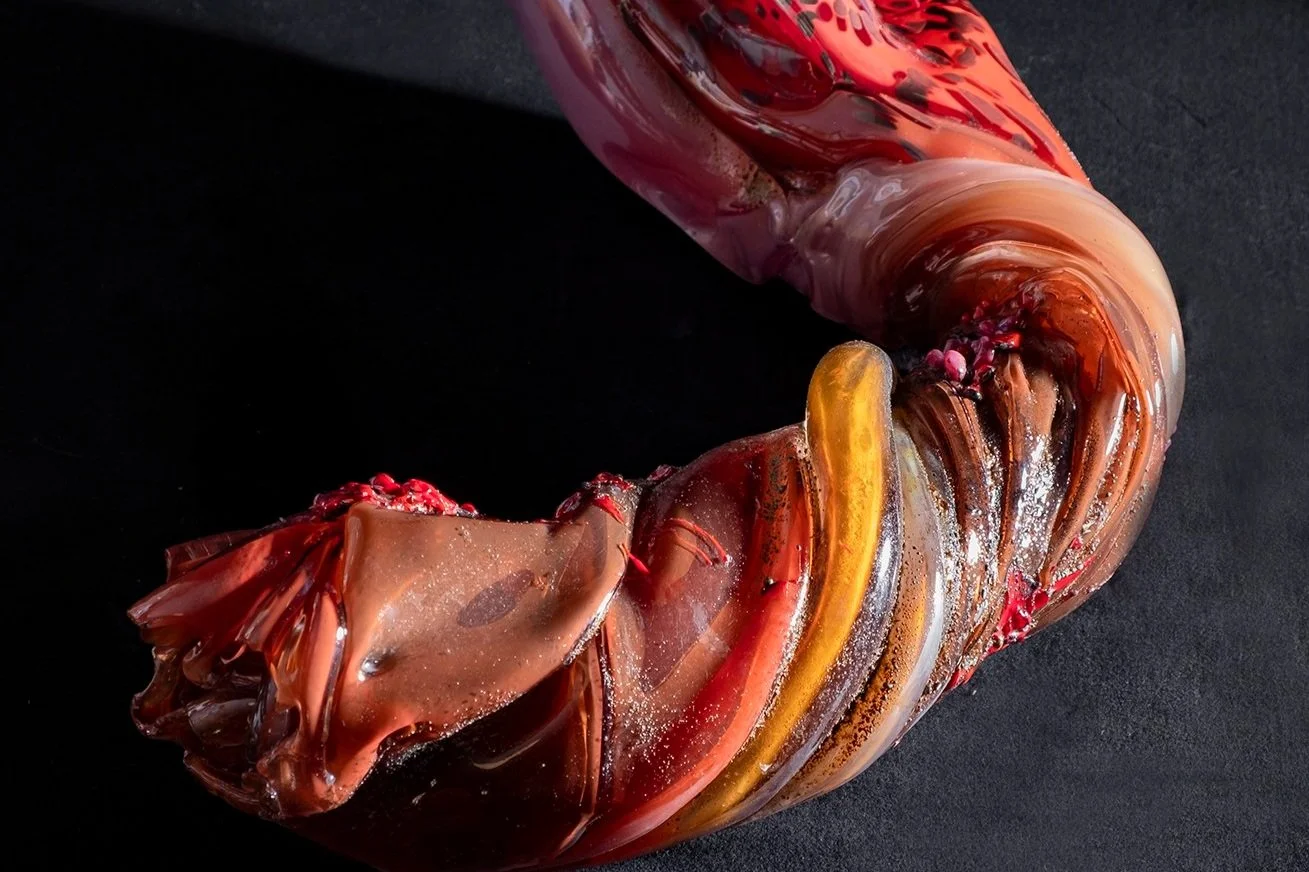‘WE WALKED THE EARTH’ Danish pavilion at the 59th AT VENICE ART BIENNALE 2022
My contribution with glass sculptures “strange corps” to Pavilion of Denmark “We Walked the Earth”created by Uffe Isolotto and curated by Jacob Lillemose at at the 59th International Art Exhibition - La Biennale di Venezia, 23 April – 27 November 2022
Pavilion of Denmark at the International Art Exhibition 23 April – 27 November 2022
Giardini, Venice created by uffe isolotto
Curated by Jacob Lillemose
Commissioned by Danish Arts Foundation
Pavilion of Denmark unveils Uffe Isolotto’s haunting transhuman world, We Walked the Earth, at La Biennale di Venezia 2022
The Pavilion of Denmark at the 59th International Art Exhibition – La Biennale di Venezia is excited to present the installation We Walked the Earth, created by Uffe Isolotto and curated by Jacob Lillemose. Visitors step into a hyperrealistic world where elements from an idyllic Danish farm life of the past blend with strange sci-fi phenomena to create a haunting image of an uncertain present. Taking over the entire Pavilion, We Walked the Earth displays an unexpected drama of life and death that revolves around a family of three centaurs. Trying to cope with the challenges of a changing world, the family embodies an uneasy state of mind between despair and hope that speaks to the deep ambiguities of our current times. .
The Pavilion has been transformed into an uncanny farmhouse. Next to the entrance lies a heap of horse manure and a small area paved with field stones. Inside the pavilion, piles of eelgrass, once commonly used for farmhouse roofs on the island of Læsø in Denmark, fill one of the main spaces. These are all elements characteristic of country life. However, upon closer inspection, it becomes
apparent that everything seemingly familiar is altered. Curious tools reminiscent of those used in traditional Danish farming and fishing techniques lay around, yet they are remarkably different. In one of the rooms hangs a mutated ham, and unfamiliar species of farm crops are scattered around the Pavilion, some oozing a blue fluid.
The protagonists are two hyperrealistic sculptures of centaurs. Rather than mythical creatures, they are the physical result of a biotechnological and transhuman attempt to survive in a world where it is no longer enough to be human as we know it. Our descendants have adapted to the new conditions of a changed world through a demanding and dramatic process. Their faces, bodies and hands – a fifth larger than an average human and covered in markings – bear witness to their arduous labour. The same blue fluid oozing out of the crops appears to sustain them through tubes – be it a heating agent, a form of nutrition or a drug.
A drama of life and death plays out across the Pavilion’s two main rooms. The male centaur has taken his own life and can be seen hanging from a piece of rope-like chain suspended from the ceiling, while the female centaur is lying on the floor in the adjacent room, giving birth to a baby centaur. It is an open question as to why the male centaur has decided to take his own life, but the act seems inextricably linked to the simultaneous birth of his offspring, almost as if he has realised that his time in this changing world is over and it is now up to the next, further evolved generation to take over. The baby centaur looks to be of a different hybrid than its parents. Its human hands are mutated towards something that both holds a promise for the future and suggests hard times ahead.





